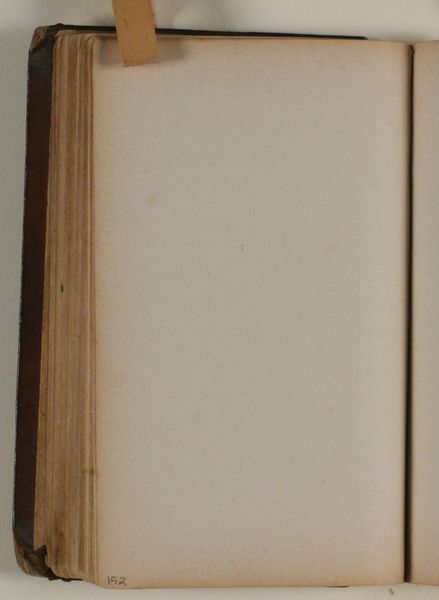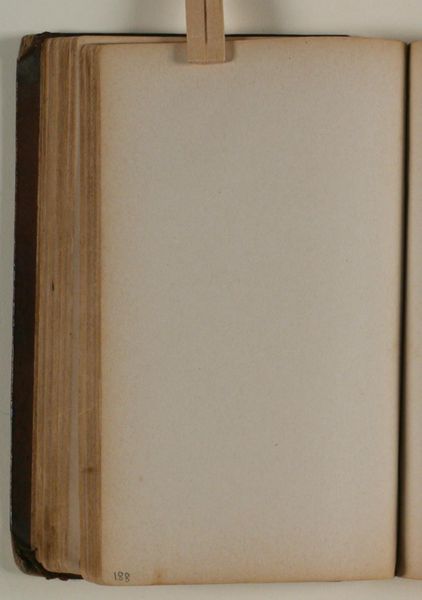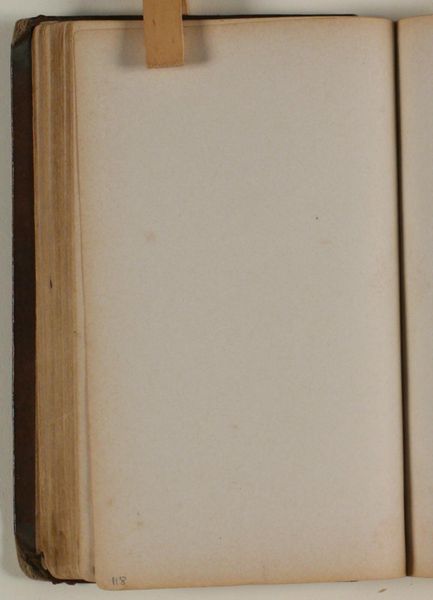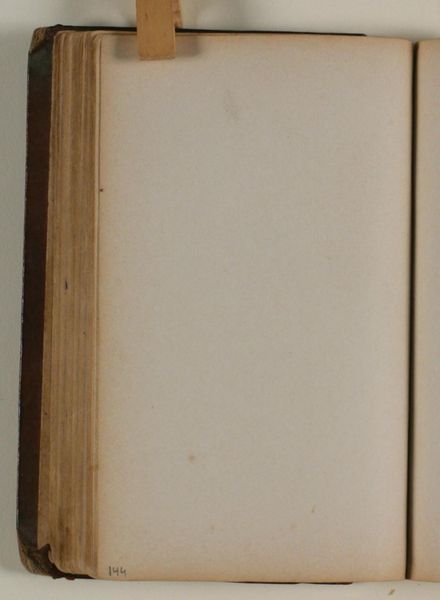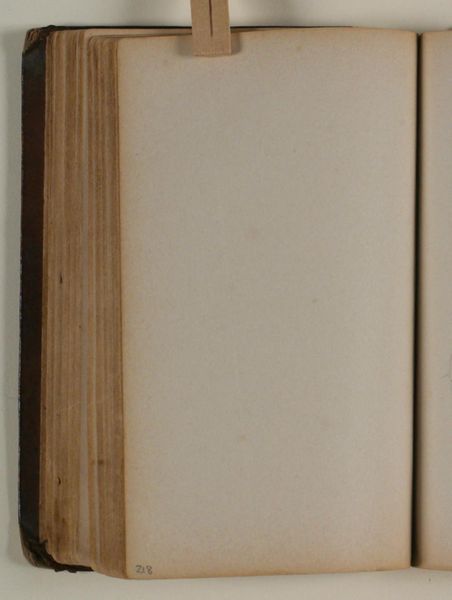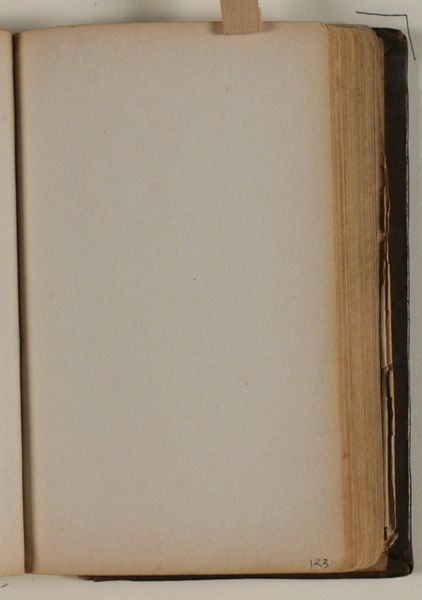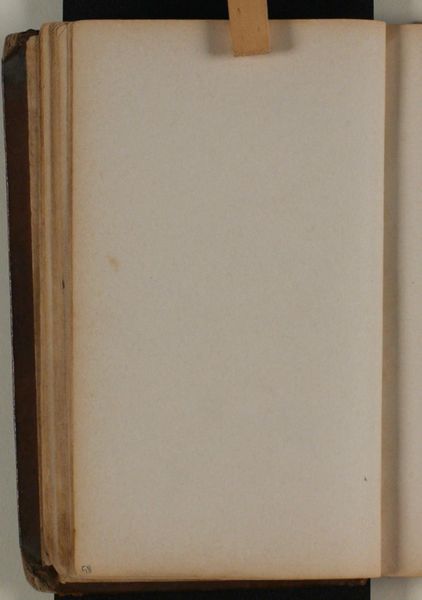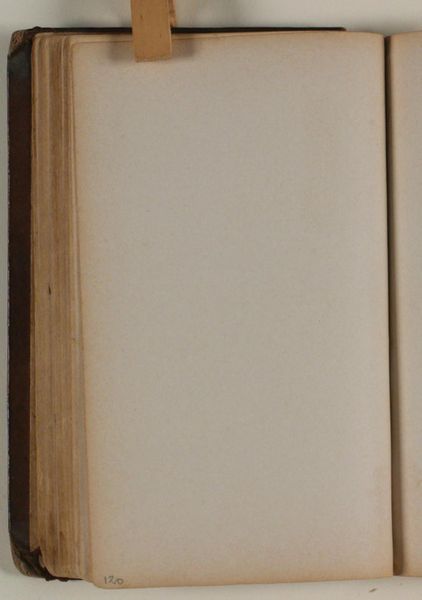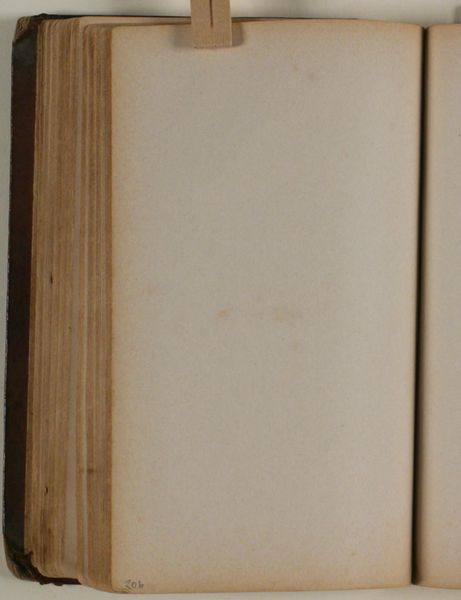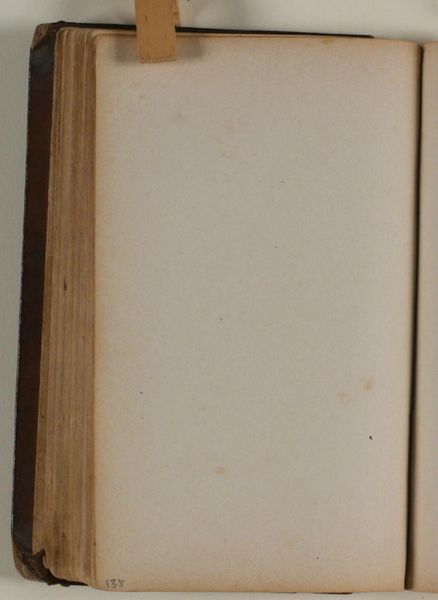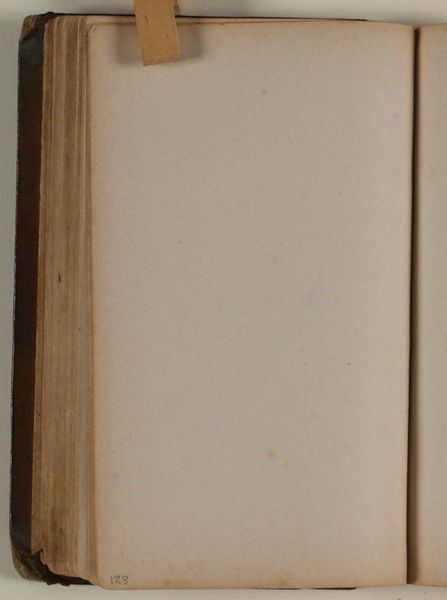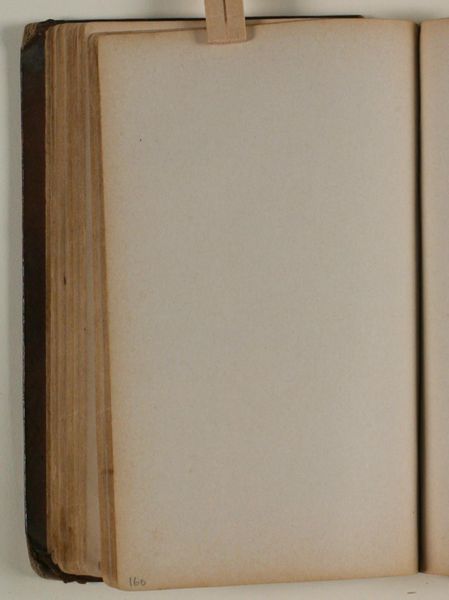
drawing, coloured-pencil, paper, pencil
#
drawing
#
coloured-pencil
#
paper
#
coloured pencil
#
pencil
Editor: So, this piece, titled "Blank," is by Niels Larsen Stevns and was made sometime between 1864 and 1941. It looks like a drawing done with coloured pencils, graphite, and paper. There's an open book; it feels almost like an invitation. What do you see in this piece, given its… emptiness? Curator: What I see is a concentrated focus on the very materials of art-making. The tooth of the paper, the subtle differences in the graphite and colored pencil leads themselves. Stevns is laying bare the foundations. It also challenges notions of authorship. If the book is blank, where does Stevns's labour lie? Is it in the preparation, the implicit suggestion of content, or the book itself? What is he trying to say about the act of creating itself, about production and non-production? Editor: That’s interesting. I hadn’t considered the labour involved in preparing the materials. Is there a statement about value implied by presenting something "blank" in a museum context? Curator: Precisely! Museums traditionally privilege finished works, masking the often unseen labor of their creation and the resources they consume. By exhibiting this blank book, Stevns highlights this system. What are our expectations as viewers when we look at what we call 'art', and what sort of economic exchanges do we take for granted to make that 'art' exist in the first place? What is the context of producing an object that seemingly refuses production? Editor: I see. It really flips the typical artistic process on its head, making you think about everything that goes into even the simplest piece. It's about production *and* consumption, almost resisting both. Curator: Yes, absolutely! And the resistance in itself becomes the artwork, provoking important questions. Editor: I’ll definitely look at seemingly simple pieces differently now, thinking about the larger implications of material and process. Thanks for the insights!
Comments
No comments
Be the first to comment and join the conversation on the ultimate creative platform.
